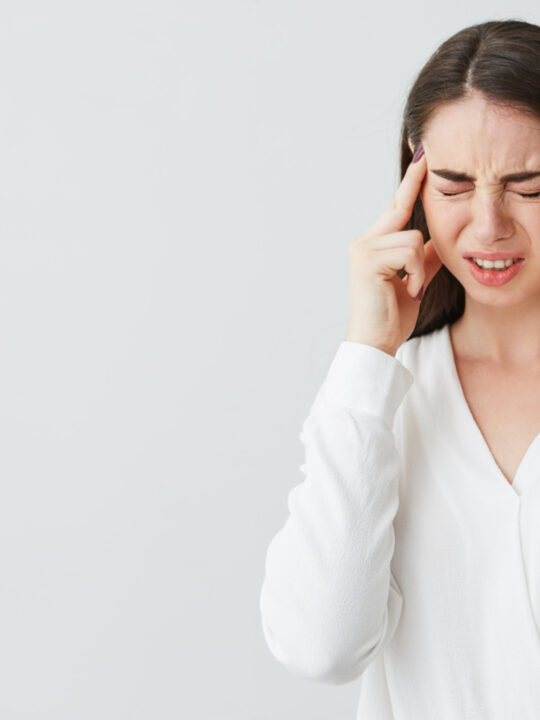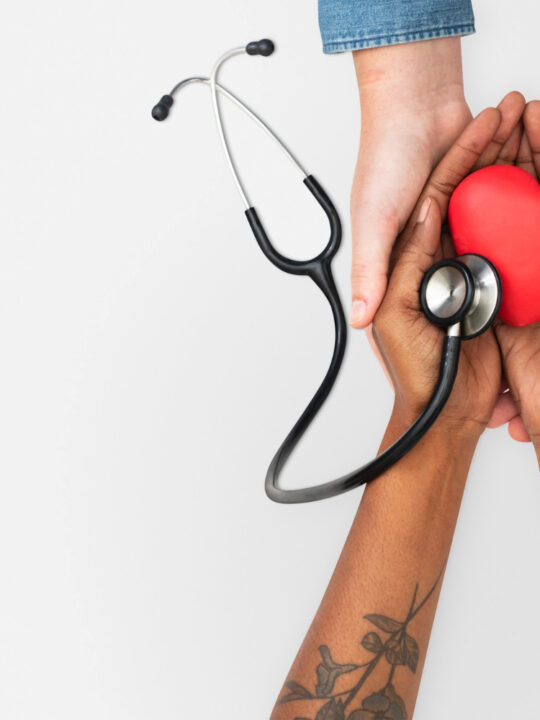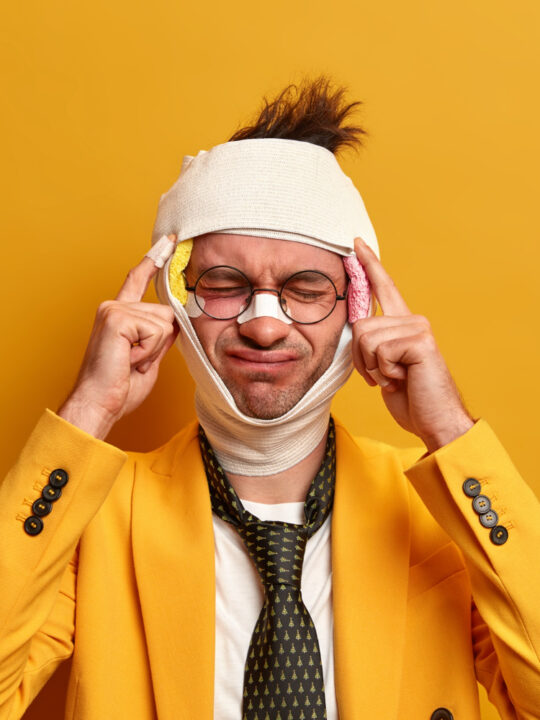 Within the realm of pharmaceuticals, there are different families of drugs for different results. While some focus on being relaxants and depressants, the opposite family involves stimulants. These drugs energize a patient and generate a high level of energy. However, everything comes with a cost, and when a patient starts to realize the reduced effect as the drug fades, it can turn into an addiction over time with repeated use and the need to wind up again. This is the very problem with a number of well-known street drugs, better known as crank, meth, speed and cocaine. However, street drugs are not the only source; regularly-prescribed stimulants can be abused as well.
Within the realm of pharmaceuticals, there are different families of drugs for different results. While some focus on being relaxants and depressants, the opposite family involves stimulants. These drugs energize a patient and generate a high level of energy. However, everything comes with a cost, and when a patient starts to realize the reduced effect as the drug fades, it can turn into an addiction over time with repeated use and the need to wind up again. This is the very problem with a number of well-known street drugs, better known as crank, meth, speed and cocaine. However, street drugs are not the only source; regularly-prescribed stimulants can be abused as well.
The Impact of Stimulant Abuse
Today, the U.S. has almost 4 million people known to have abused stimulants. Prescription drugs such as Ritalin and Adderall reach the top of the list in frequency among pharmaceuticals that were originally obtained legally through a doctor versus illicit drug trade on the black market. And, as mentioned earlier, street drugs represent another 2.5 million abusers, typically utilizing some type of methamphetamine or similar. While the most common effect is the energy highs and hard crash lows, overdosing can result in mortality as well. That said, what often gets overlooked are the host of other health problems that come with stimulant abuse, such as teeth loss, weight loss, skin problems and infections, hair loss and more.
Misleading Effects
While historically, stimulants have long been attractive due to their ability to provide temporary energy boosts, the price involves disruption of the natural systems of the body. That typically results in diet problems, sleeping problems, erratic nervousness and anxiety symptoms, depression, and heart issues in serious cases. Technically, stimulants and addiction impact the dopamine channels of the brain, creating a false positive that the patient then wants and more of, even creating physical negative effects when being unable to sustain consumption (withdrawals).
Diagnosis and Treatment
In many cases, a patient’s behavior gives off a multitude of signs that a trained medical professional can clearly see to identify an addiction. However, a growing number of cases involving law enforcement also add to the picture as well. Because of the increasing figures, attention to prescriptions and a higher emphasis on behavior-based treatment has been the trend to reduce easy access to prescription drugs that are deemed high-risk for addiction in the stimulants drug family. That doesn’t make any dent in the existing problem of illegal drug sources, however.
Treatment typically involves a combination of medically-controlled withdrawal, withdrawal symptom treatment, counseling and ongoing monitoring for post-case support and recidivism prevention. Doctors and clinics play a key role in helping patients who want to break their addiction and fully recover, as well as family and close network support for encouragement and reinforcement, especially during withdrawal periods and life changes to promote recovery.







